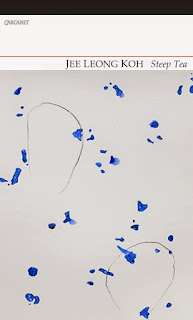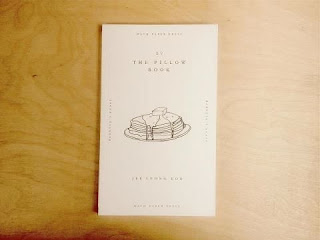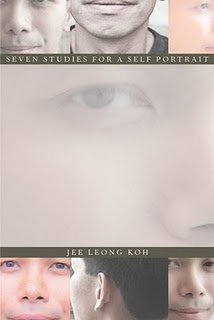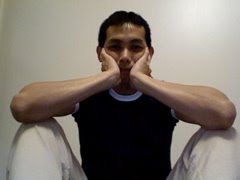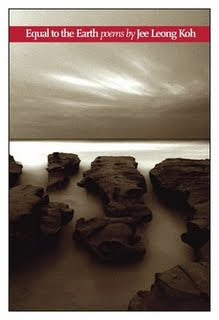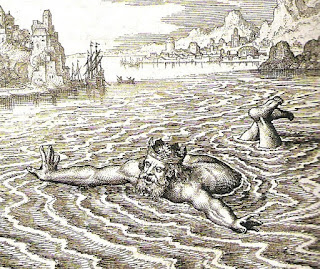Bite Harder, Jee Leong Koh

At the close of his well-written study, The Death of the Critic, Ronan McDonald repeats a quote from the playwright Brendan Behan and the gist of this is that literary critics are eunuchs in the harem. McDonald regrets this point-of-view and the decline of criticism into a dark place, almost a grave, where it is seen as uncreative. Bite Harder Open Letters and Close Readings by Koh Jee Leong could almost be a reply to McDonald's book. It is not a book written by a eunuch: it is sexy, savvy, incisive, cultured, and ultimately creative. Ethos Books have taken a leap into the dark with this book and their bold jump is a challenge to dreary criticism-- to the conservative tongue-in-cheek writing in Singapore that tows the governmental line and to the dull, polyglottal theories of reading that avoid authorship and close, textual reading. The twenty essays are collected into four sections, each building into a unity, and they fold around a central interview with the author ab
